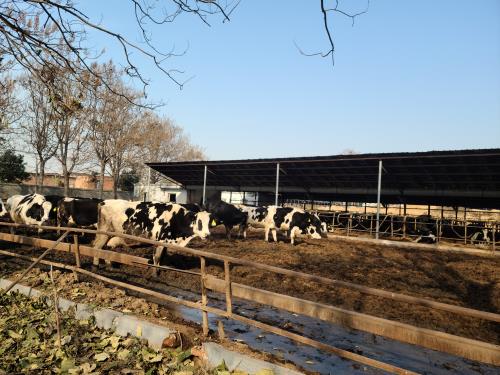The development of veterinary B-ultrasound machines is inseparable from the application of technology. When technology has certain barriers, it is necessary to research the invention of new technologies. What are the new technologies of veterinary B-ultrasound machines? Detailed introduction below:
The acoustic quantitative technology of the veterinary B-ultrasound machine is based on the inconsistency of the backscattering scores of the myocardium and blood tissue. It automatically depicts the endocardial contour and displays the time-varying curve of the cardiac chambers in real time, thus achieving real-time imaging. Continuously quantitatively evaluate a series of cardiac function parameters such as ventricular area and volume.
Veterinary B-ultrasound machine color ventricular wall movement technology is a further improvement of acoustic quantitative technology. It uses automatic endocardial edge detection technology and distinct color coding to display endocardial movement in different phases during the cardiac cycle. In the same process, it can quantify, locate and display the movement of myocardial membrane in real time, which facilitates semi-quantitative and quantitative analysis of the static and instantaneous direction and amplitude of abnormal endocardial movement, and provides a new technology for analyzing wall movement.
The tissue Doppler imaging technology of the veterinary B-ultrasound machine is used for Doppler tissue imaging, which separates tissues and blood flow imaging with different speeds. The Doppler blood flow imaging technology is used for myocardial imaging to evaluate the movement of the myocardium. Function.
Veterinary B-ultrasound machine myocardial tissue characterization technology is a non-invasive method for detecting subtle pathological changes in myocardial tissue. By detecting and quantifying changes in the physical state of the animal's myocardium, that is, acoustic characteristics, it reflects changes in the structure and function of the animal's myocardium to achieve The purpose of identifying various normal and pathological tissues and identifying and analyzing them. The traditional acoustic density quantitative analysis method analyzes the gray-level flattening and distribution of the two-dimensional gray-scale image of the echo signal to characterize the organization. Backscattering integration technology was first proposed by J.GMiHer and became a research hotspot in the field of tissue characterization in the early 1990s.








